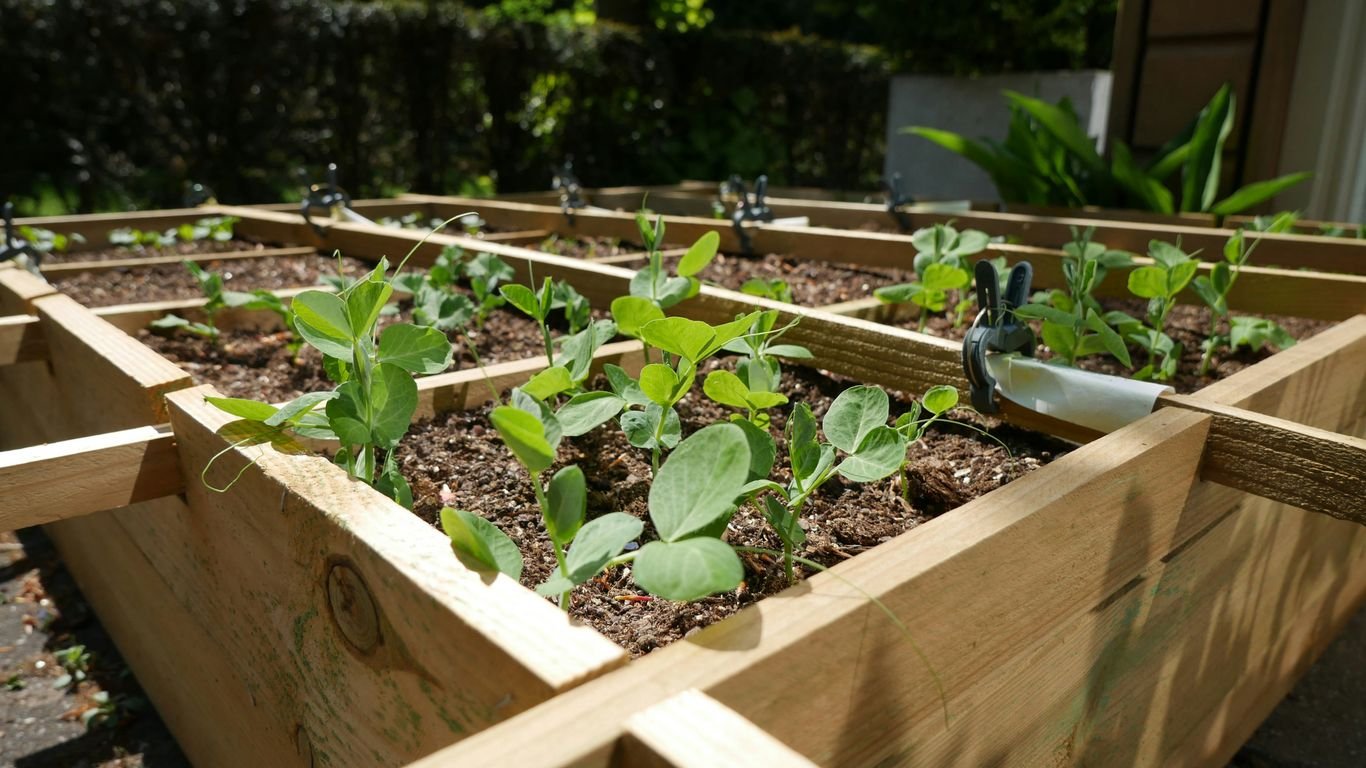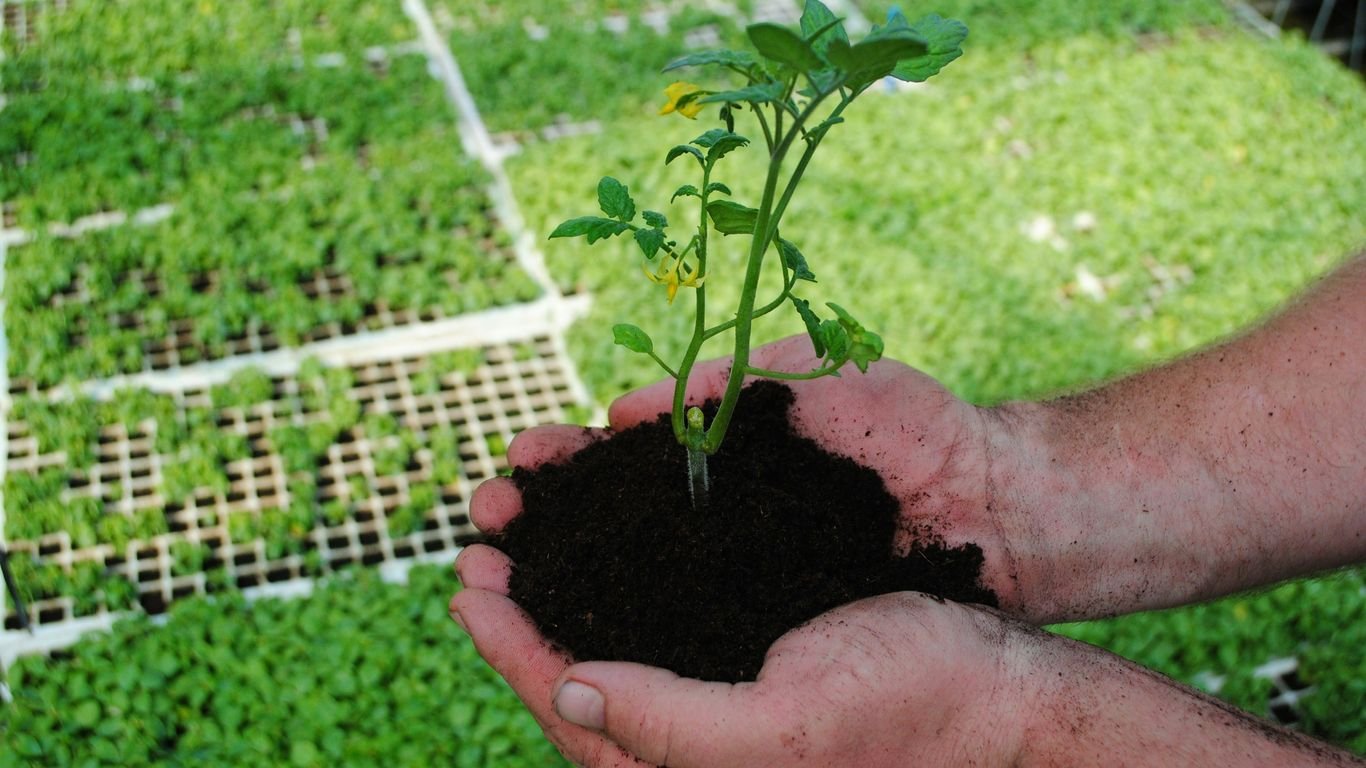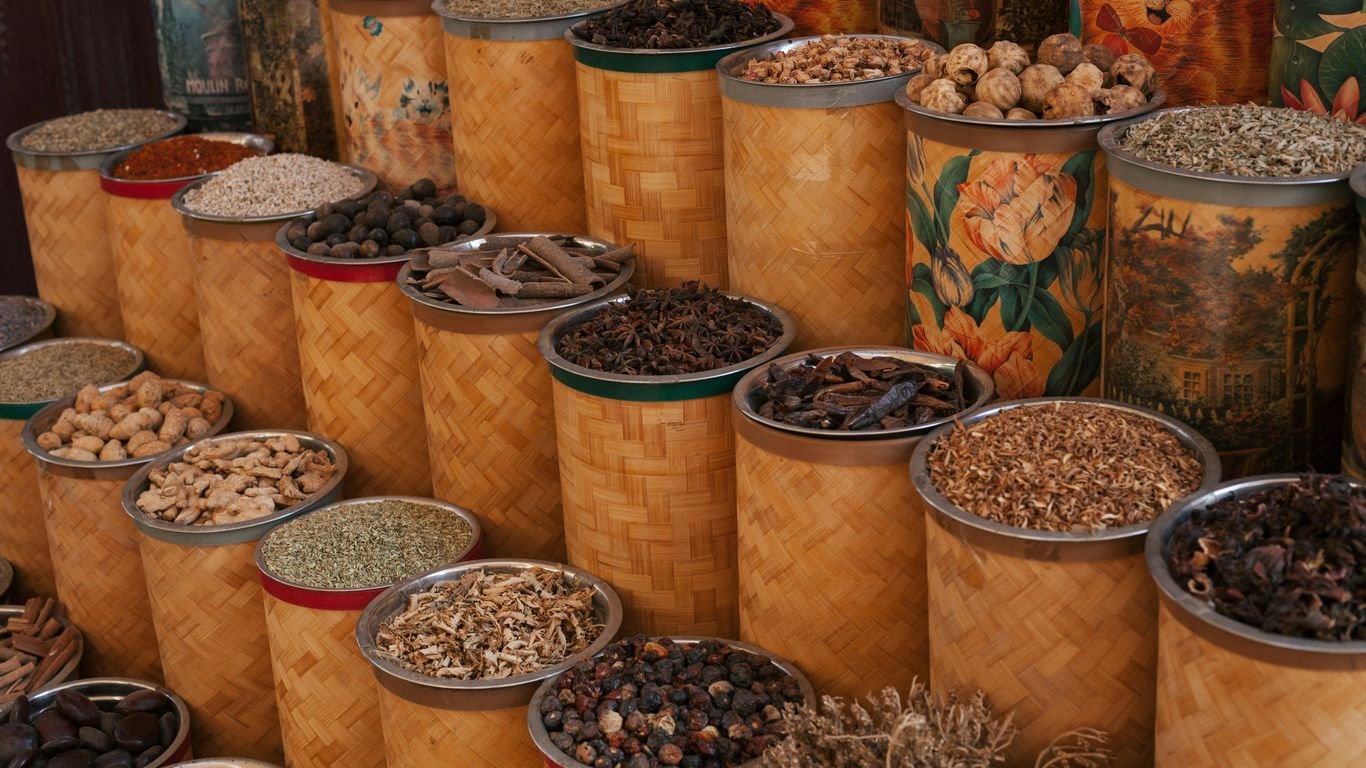Zone 9 Spring Garden Prep: February Planting and Warm-Season Starts

February is a pivotal month for us Zone 9 gardeners, marking the true start of our spring garden prep. While the rest of the country might still be deep in winter, we’re already getting our hands dirty, planning for a season of growth. This is the time we lay the groundwork, nurture our soil, and get a head start on those warm-season favorites. Let’s get our zone 9 spring garden prep underway!
Key Takeaways
- February is prime time for zone 9 spring garden prep, focusing on soil improvement and early planting.
- We can begin starting warm-season crops like tomatoes and peppers indoors, even if direct sowing comes later.
- Soil preparation is key; adding compost and organic matter will boost growth for the upcoming season.
- Don’t forget about fruit trees and berry bushes; pruning and feeding them now sets them up for a good harvest.
- Monitoring weather forecasts is crucial to protect young plants from any lingering frost threats.
February Zone 9 Spring Garden Prep Kick-Off

February is here, and for us in Zone 9, it’s the signal to start gearing up for spring. The garden beds have had their winter rest, and we’re getting that familiar itch to get our hands dirty again. While it’s not quite spring yet, it feels like it’s just around the corner, and the excitement is building! We’re looking forward to a productive season ahead.
Getting Started With Your Zone 9 Spring Garden Prep
Getting your garden ready in February means taking stock and making plans. It’s a good time to look back at what worked (and what didn’t!) last year. Did that new variety of tomato do well? Were your peppers prolific? Jotting down these notes now will help us make smarter choices when we’re actually planting.
- Review last year’s garden notes.
- Start ordering seeds and supplies.
- Begin planning your garden layout for the upcoming season.
February’s Role in Zone 9 Garden Success
February is a bit of a transition month for us. We’re not quite out of the woods with frost, but we’re definitely seeing signs of life. This is when we can start thinking about those first cool-season crops and getting a head start on warm-season plants indoors. It’s all about setting the stage for a long and fruitful growing season.
Understanding Your Zone 9 Microclimate
We all know that gardening zones are a general guide, but our own backyards can have unique conditions. A spot that gets full sun all day will behave differently than one shaded by a large oak tree. Even the difference between a concrete patio and a raised garden bed can affect soil temperature. Taking a few minutes to observe how sun and wind move through your garden space will help you place plants where they’re most likely to thrive. Pay attention to areas that might be a bit warmer or cooler than others – this is your microclimate at play.
Understanding your specific microclimate is key. It helps you make better decisions about where to plant, when to plant, and what to plant, ultimately leading to a more successful garden season. Don’t just rely on the general zone information; observe your own space.
Planting Warm-Season Crops in Zone 9
As February rolls in, we’re getting antsy to plant those sun-loving veggies. In Zone 9, we’ve got a pretty sweet deal with a long growing season, which means we can get a head start on warm-season crops. These are the plants that really take off when the temperatures consistently hit the 70s and stay above 50°F at night. Planting them too early, before the danger of frost is completely gone, can actually do more harm than good, but luckily, we have plenty of time to get it right.
When to Plant Warm-Season Vegetables
It’s important to remember that your first spring planting date isn’t your only planting date for warm-season crops. We can keep planting things like tomatoes, peppers, and squash throughout the spring, and even into early and late summer in many parts of Zone 9. The key is to watch the weather. We’re looking for consistent daytime temperatures in the 70s and nighttime lows that don’t dip below 50°F. Don’t just rely on the calendar; keep an eye on the forecast for the next week or two before you put those tender plants in the ground.
Starting Warm-Season Seeds Indoors
For some of our favorite warm-season crops, like tomatoes, peppers, and eggplant, starting them indoors a few weeks before the last frost is a smart move. This gives them a strong start and a bit of a head start on the season. You’ll want to get your seed-starting mix ready, some clean pots or trays, and a good light source. We usually aim to start these seeds about 6-8 weeks before we expect to plant them outside. It’s a bit of a waiting game, but it pays off when you see those healthy seedlings ready to go.
Here’s a general timeline for starting seeds indoors:
- Tomatoes: Start 6-8 weeks before your last expected frost.
- Peppers: Start 8-10 weeks before your last expected frost.
- Eggplant: Start 6-8 weeks before your last expected frost.
- Cucumbers & Squash: Can be started indoors a few weeks before transplanting, or direct-sown later.
Direct Sowing Warm-Season Favorites
Some warm-season crops are perfectly happy being sown directly into the garden soil once the weather is consistently warm enough. Beans, corn, and cucumbers are good examples. We can direct sow these once the soil has warmed up and the risk of frost has passed. It’s often easier than transplanting, and they tend to grow with fewer issues. Just make sure to check the seed packets for specific planting depth and spacing recommendations. It’s always a good idea to have a planting schedule handy to keep track of when everything should go in the ground.
When we’re direct sowing, we’re essentially letting nature do the heavy lifting. The soil temperature is the biggest indicator here. If it feels warm to the touch, it’s likely ready for these heat-loving seeds. We can also succession plant things like beans and cucumbers every few weeks to ensure a continuous harvest throughout the summer.
Nurturing Your Zone 9 Garden Beds

As February rolls in, it’s time to really focus on getting our garden beds ready for the explosion of growth that’s just around the corner. We want to make sure the soil is in top-notch condition so our plants can thrive. This means we’re going to spend some time really digging into what our beds need.
Soil Preparation for Spring Growth
We’ve got to give our soil some love! After a winter of rest, it’s probably a bit compacted and might be lacking some nutrients. The first thing we’ll do is a good old-fashioned loosening. We’ll gently turn over the top few inches of soil, being careful not to overwork it, especially if it’s still a bit damp. This helps with drainage and aeration. Then comes the good stuff: compost! We’ll generously spread a layer of compost over the beds. This is like a superfood for our soil, adding organic matter and essential nutrients that will feed our plants all season long. If you haven’t already, now’s also a good time to get a soil test done. Knowing your soil’s pH and nutrient levels can help you amend it precisely for what your plants need.
Mulching for Moisture Retention
Once our beds are prepped and maybe even have some early seeds or starts in them, we’ll want to think about mulch. Mulching is a game-changer, especially here in Zone 9 where things can heat up quickly. A good layer of organic mulch, like straw, shredded bark, or even compost, helps keep the soil consistently moist. This means we won’t have to water as often, and our plants will be happier with fewer water stress moments. Plus, mulch helps suppress those pesky weeds that are just waiting for a chance to pop up.
Attracting Beneficial Insects
We don’t want to garden alone, right? We want to invite all the good bugs to our yard! Beneficial insects, like ladybugs and lacewings, are our allies in the garden. They help keep pest populations in check naturally. To attract them, we can plant a variety of flowers that provide nectar and pollen. Think small-flowered plants like dill, fennel, yarrow, and alyssum. Even a small patch of these can make a big difference. We’ll also want to avoid using harsh pesticides, as these can harm the good bugs just as much as the bad ones. A healthy garden ecosystem is the goal here.
Fruit Tree and Perennial Care in Zone 9

Now that we’ve gotten our beds ready and started thinking about warm-season crops, let’s turn our attention to the longer-term residents of our gardens: our fruit trees and perennials. These plants are the backbone of our landscape, and a little attention now can make a big difference later in the year.
Pruning and Feeding Fruit Trees
February is a prime time for pruning many of our fruit trees. We want to do this before they start putting out new growth. Think of it as giving them a haircut to encourage strong, healthy branches and better fruit production. We’re removing any dead, damaged, or crossing branches. For trees like peaches, plums, and apricots, we’re also opening up the center of the tree to improve air circulation and sunlight penetration. This helps prevent diseases later on.
After pruning, it’s a good time to give them a little food. We’re not talking about a heavy feeding, but a light application of a balanced fertilizer or some well-rotted compost around the base of the tree. This gives them a boost as they prepare to bud and bloom.
Caring for Berry Bushes and Ornamentals
Our berry bushes, like blueberries and raspberries, also benefit from some attention this month. We’ll prune out any old, unproductive canes on raspberries and blackberries. For blueberries, we’re mainly focused on removing any dead or weak wood. It’s also a good time to top-dress them with compost and a bit of acidic fertilizer, especially for those blueberries that love a lower pH.
Ornamental shrubs and perennials that are evergreen can also be tidied up. We’ll remove any winter damage and give them a light trim if needed. For those plants that die back to the ground, we can often cut away the dead foliage now to make way for new spring growth. This is also a great time to apply dormant oil sprays to fruit trees and some ornamentals to knock out overwintering pests before they become a problem.
Checking on Perennial Landscaping Plants
Don’t forget about our perennial flowers and landscape plants! We’ll walk through the garden and gently clear away any lingering leaf litter or debris that might be smothering emerging shoots. If we notice any perennials that seem to have heaved out of the ground due to frost action, we’ll gently press them back down into the soil. This helps protect their roots from drying out. We’re also keeping an eye out for any signs of disease or pest activity that might have survived the winter. A little early detection goes a long way in keeping our plants healthy and vibrant throughout the growing season.
Protecting Your Zone 9 Garden from Frost
Even though we’re in Zone 9 and generally have milder winters, we can still get hit with unexpected cold snaps. It’s always a good idea to be prepared for those chilly nights that can threaten our tender plants. We’ve learned that Mother Nature can be a bit unpredictable, so a little foresight goes a long way in keeping our gardens happy and healthy.
Recognizing Frost Threats in Zone 9
We need to keep an eye on the weather forecast, especially as we get closer to the typical first frost dates, which for Zone 9 can be as late as December 15th in some areas. While many of our cool-season crops actually get sweeter with a light frost, our more sensitive plants, like young vegetable starts or tropicals, can be damaged or even killed by freezing temperatures. Pay attention to overnight lows; if they’re predicted to dip below 32°F (0°C), it’s time to take action.
Covering Tender Plants
When a frost warning is issued, we have a few go-to methods for protecting our vulnerable plants. Floating row covers are fantastic for this. They’re lightweight and allow sunlight and water to pass through while trapping enough heat to make a difference. For smaller plants, we can use old sheets, blankets, or even cardboard boxes. Just make sure to secure the covers so they don’t blow away, and remove them in the morning once the temperature rises to let the plants get some sun and air. For larger plants or small trees, a more robust cover might be needed, but the principle is the same: create a barrier against the cold.
Managing Late Freezes
Sometimes, even after we think we’re in the clear, a late freeze can surprise us. This is particularly tricky when we’ve already started planting warm-season crops like tomatoes or peppers. If a freeze is expected after you’ve planted these out, you’ll need to cover them. For established plants, using cloches, frost cloths, or even an upside-down bucket can work. If you have a whole bed of seedlings, a temporary hoop structure covered with plastic sheeting can create a mini-greenhouse effect. Remember, the goal is to trap a bit of the earth’s warmth around the plants overnight. We’ve found that watering the soil thoroughly before a cold night can also help, as moist soil retains heat better than dry soil.
Essential Zone 9 Gardening Tools and Resources

Getting your garden set up right from the start makes a huge difference. We’ve found that having the right tools and knowing where to find information really helps us stay organized and makes gardening way more enjoyable. It’s not just about having shovels and trowels, though those are important. It’s also about having a plan and keeping track of what works.
Gathering Seed Starting Supplies
Before we can get those warm-season seeds going, we need to make sure we have everything ready. This means gathering seed trays, good quality potting mix, and labels. We also need a reliable light source, like grow lights, especially if we’re starting seeds indoors early. Having a small watering can with a fine rose head is also a lifesaver for delicate seedlings. Don’t forget your seeds, of course! Picking out varieties suited for our Zone 9 climate is key. You can find a great selection of seeds for Zone 9 gardening.
The Importance of Garden Recordkeeping
This is something we can’t stress enough. Keeping a garden journal or logbook is incredibly useful. We jot down what we planted, when we planted it, and how well it grew. We also note down any pest issues or successes we had. This information is gold for next year. It helps us avoid repeating mistakes and replicate successes. Good recordkeeping helps us make better decisions season after season.
Utilizing Planting Schedules
Having a planting schedule tailored to Zone 9 is a game-changer. It takes the guesswork out of when to sow seeds indoors and when to transplant them outside. We use ours to plan out our entire growing season, from cool-season crops to our heat-loving favorites. It helps us make the most of our long growing season here. A good schedule will also remind us about succession planting, so we can have a continuous harvest.
Here’s a quick look at what we aim for:
- Indoor Seed Starting: Typically starts in late winter for early spring transplanting.
- Direct Sowing: Varies by crop, but we often start direct sowing warm-season crops once the danger of frost has passed.
- Succession Planting: We plan for this throughout the spring and summer to keep the harvest coming.
Keeping track of your garden’s progress, from seed to harvest, is more than just a chore; it’s a way to build a relationship with your plants and your land. It’s how we learn what thrives in our specific patch of Zone 9 and how we can improve year after year. Don’t skip this step – it’s where the real gardening wisdom is built.
Wrapping Up Our Zone 9 Spring Prep
So there we have it! We’ve covered getting our garden beds ready and what we can start planting right now in February here in Zone 9. Remember, warm-season crops need that consistent heat, so we’ll hold off on planting those directly outside until the danger of frost is totally gone and the nights stay above 50°F. But don’t worry, our long growing season means we’ll have plenty of chances to get those tomatoes, peppers, and squash in the ground later on. Keep an eye on the weather, and happy gardening!
Frequently Asked Questions
When should we start planting warm-season crops in Zone 9?
We should wait until all danger of frost has passed. This means nighttime temperatures should be consistently above 50°F and daytime temperatures should be around 70°F or higher. Planting too early can actually hurt your plants, but since Zone 9 has a long growing season, we have plenty of time to get those heat-loving plants in the ground.
What’s the difference between planting warm-season crops early versus later in Zone 9?
In Zone 9, we have a long stretch of warm weather, so planting our first warm-season crops isn’t our only chance. We can actually keep planting things like squash, tomatoes, and peppers all through spring and even into early summer. This gives us flexibility and a chance for multiple harvests.
How do we prepare our garden beds for spring growth in Zone 9?
We need to get our soil ready! This involves making sure it’s healthy and has the nutrients plants need. Adding things like compost or aged manure can really help. We also want to think about mulching, which is like a blanket for the soil, helping it keep moisture and keeping weeds down.
What kind of fruit tree and berry bush care should we do in February in Zone 9?
February is a great time to prune our fruit trees and berry bushes while they’re still resting. We can also give them a feeding. If we haven’t already, we should also consider applying dormant oil or copper spray to help prevent pests and diseases before new growth starts.
How can we protect our Zone 9 garden from unexpected frost?
Even though we’re heading into warmer months, late frosts can still happen in Zone 9. We need to keep an eye on the weather forecast. If a frost is predicted, we should cover our tender plants with things like frost cloth, blankets, or even buckets to shield them from the cold.
What are some essential tools for starting seeds indoors in Zone 9?
To get a head start on warm-season crops, we’ll need a few things for indoor seed starting. This includes grow lights to give seedlings enough light, heat mats to keep the soil warm, sterile potting mix, and containers or trays for the seeds. Having these ready makes the process much smoother.






